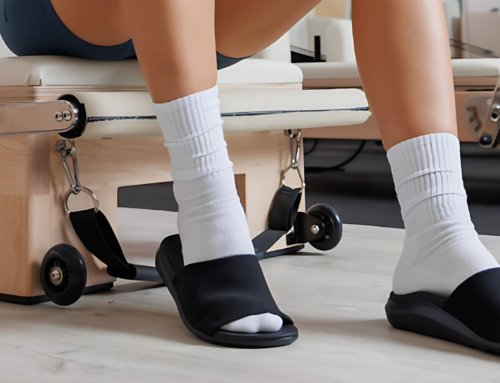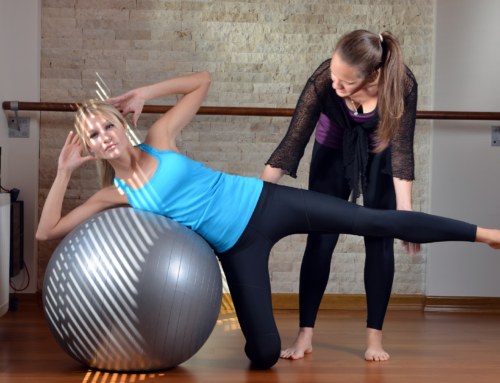Do your shins ache or throb after running or physical exercise? You could have shin splints. Worry not! Read on to find out about shin splints symptoms, causes and treatment.

What is shin splints?
Shin splints is pain or tenderness felt along the front of your shin bone (tibia) anywhere between the knee and ankle.
Your physiotherapist or GP may refer to the condition as Medial Tibial Stress Syndrome (MTSS).
It is very commonly occurring in runners, dancers and those in the military.
It is also extremely common in those who have recently increased training load, intensity or frequency. This is because it is largely linked with overuse and increased stress forces acting on the muscles of the shin bone.
Shin splints symptoms:
Shin splints causes:
Shin splints treatment:
Here are some tips for self management. However, if these tips do not help, it is important to see your Physiotherapist to prevent further aggravation and get back to exercising.
- Relative rest from the aggravating activity
- Ice to help reduce pain and inflammation
- Anti-inflammatories
- Off the shelf orthotics can also help in supporting the arch
Shin splints treatment by our Physios:
Our Physiotherapists will use any of the following manual therapy techniques to treat your pain:
- Soft tissue massage
- Trigger pointing
- Dry needling
- Stretching and strengthening exercises
- Advice on the correct running technique and shoes to wear.
- Taping to help offload the shin bone and muscles
- Activity modification regarding the type, frequency and load in order to allow full recovery






